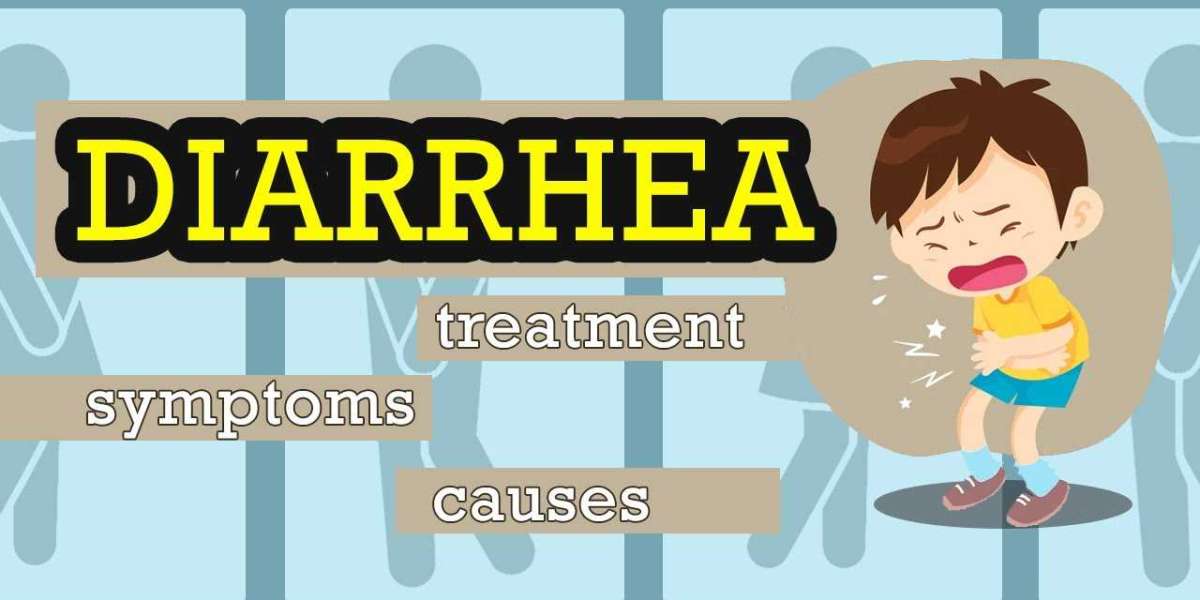Diarrhea, characterized by loose and watery stools, is a common ailment that affects people of all ages. While it is often short-lived and resolves on its own, diarrhea can become a more serious issue if left untreated, particularly when caused by infections.
Nitazoxanide, an antiparasitic and antiviral medication, has emerged as an effective treatment for certain types of diarrhea, particularly those caused by infections. This article will explore how Nitazoxanide 500mg is key to relieving diarrhea, its mechanism of action, its effectiveness against various pathogens, and its proper use in treatment.
Understanding Diarrhea and Its Causes
Diarrhea can be caused by various factors, ranging from food intolerance to infections by bacteria, viruses, or parasites. Acute diarrhea usually lasts for a short period, while chronic diarrhea can persist for weeks or even months, indicating a more severe underlying problem.
The most common causes of infectious diarrhea include
Bacterial Infections
Common culprits include Escherichia coli, Salmonella, and Shigella.
Viral Infections
Viruses such as rotavirus, norovirus, and astrovirus can trigger diarrhea, especially in children.
Parasitic Infections
Parasitic infections, particularly by Giardia lamblia and Cryptosporidium parvum, often cause prolonged diarrhea.
While the treatment of diarrhea depends largely on its cause, the use of antimicrobial agents like Nitazoxanide can be crucial for treating infections, particularly those caused by protozoa and certain viruses.
What is Nitazoxanide?
Nitazoxanide is an antiparasitic and antiviral agent that was initially developed for treating parasitic infections, particularly Giardia and Cryptosporidium. Approved by the FDA in 2002 for treating diarrhea caused by these parasites, Nitazoxanide has since been found to be effective against a wide range of gastrointestinal infections, including some viral and bacterial causes.
The drug works by interfering with the energy metabolism of pathogens, ultimately inhibiting their growth and causing their destruction. It is a broad-spectrum agent, meaning it can target various types of microorganisms, including protozoa, helminths, bacteria, and viruses.
Mechanism of Action
Nitazoxanide is metabolized into an active compound, tizoxanide, in the body. This metabolite inhibits the enzyme pyruvate oxidoreductase (PFOR), which is essential for anaerobic energy metabolism in protozoa and some anaerobic bacteria. By blocking this enzyme, nitazoxanide 500mgdisrupts the energy production in the cells of the infecting organisms, leading to their eventual death.
In viral infections, Nitazoxanide works by modulating host immune responses. It enhances the body's ability to fight viral replication and reduce viral loads. This makes it particularly useful in treating viral diarrhea, as the drug can help the body clear the infection more quickly.
Effectiveness of Nitazoxanide for Diarrhea Relief
Nitazoxanide has been shown to be particularly effective in treating diarrhea caused by protozoal infections, including
Giardiasis
Caused by Giardia lamblia, this infection is common in areas with poor sanitation and results in chronic diarrhea. Nitazoxanide is one of the few medications that effectively clears the infection and relieves symptoms.
Cryptosporidiosis
This is caused by Cryptosporidium parvum, which leads to watery diarrhea that can become life-threatening in immunocompromised individuals, such as those with HIV/AIDS. Nitazoxanide is an FDA-approved treatment for cryptosporidiosis in children and adults.
Amoebiasis
Caused by Entamoeba histolytica, this parasitic infection can cause both intestinal and extra-intestinal complications. Nitazoxanide has been found to be effective in certain cases.
In addition to protozoal infections, Nitazoxanide has shown effectiveness against viral infections like
Rotavirus
A common cause of severe diarrhea in children, rotavirus infections can be debilitating. Nitazoxanide has been found to reduce the duration of diarrhea in children infected with rotavirus.
Norovirus
This highly contagious virus can cause outbreaks of acute gastroenteritis. Studies suggest Nitazoxanide may shorten the duration of symptoms, including diarrhea.
Moreover, there is ongoing research into Nitazoxanide’s potential role in combating bacterial diarrhea caused by pathogens like Clostridium difficile (C. diff) and Helicobacter pylori. Though not its primary use, the broad antimicrobial action of Nitazoxanide makes it a promising candidate in multi-pathogen infections.
Advantages of Nitazoxanide for Diarrhea Treatment
One of the major advantages of Nitazoxanide is its broad-spectrum efficacy, meaning it can be used to treat diarrhea caused by different pathogens. This is particularly beneficial in cases where the exact cause of diarrhea is unknown, as it can target a range of potential culprits.
Other benefits include
Good Safety Profile
Nitazoxanide is well-tolerated by most patients, with only mild side effects reported, such as nausea, headache, or abdominal pain.
Versatile Use
It is available in tablet form (500mg for adults) and as a suspension for children, making it accessible for a wide range of patients.
Short Treatment Course
In most cases, Nitazoxanide is administered for only 3 days, making it a convenient treatment option for patients.
Reduced Resistance Risk
Compared to traditional antibiotics, Nitazoxanide’s mechanism of action poses a lower risk of developing drug resistance, making it a valuable option in settings with high antibiotic resistance rates.
Proper Usage and Dosage
Nitazoxanide is usually prescribed in a 500mg tablet form for adults and children over 12 years old, taken twice daily for three days. For children aged 1-11 years, it is available as an oral suspension, with dosing based on the child’s weight.
It is important to follow the prescribed dosage and complete the full course of treatment, even if symptoms improve before finishing the medication. Stopping treatment early can result in incomplete eradication of the infection, leading to a recurrence of diarrhea.
Side Effects and Precautions
While Nitazoxanide is generally well-tolerated, there are a few potential side effects that patients should be aware of:
Gastrointestinal discomfort
Nausea, vomiting, or abdominal pain may occur in some individuals.
Headache
Mild headaches are a common side effect.
Allergic reactions
Though rare, some people may develop allergic reactions such as rash, itching, or difficulty breathing.
Patients with liver or kidney issues should consult their doctor before taking Nitazoxanide, as adjustments to the dosage may be necessary. Additionally, pregnant or breastfeeding women should only use Nitazoxanide if advised by a healthcare provider.
Conclusion
Nitazoxanide 500mg is an effective treatment for diarrhea, particularly when caused by protozoal infections such as Giardia lamblia and Cryptosporidium parvum. Its broad-spectrum action against various pathogens, including viruses and bacteria, makes it a versatile and reliable option for diarrhea relief. With its short treatment course, good safety profile, and reduced risk of resistance, Nitazoxanide has emerged as a key player in the management of infectious diarrhea.
However, as with any medication, it is essential to consult a healthcare provider to determine if Nitazoxanide is the appropriate treatment for your specific case of diarrhea. By addressing the root cause of the infection, Nitazoxanide helps to not only alleviate the symptoms of diarrhea but also to restore overall gastrointestinal health.



